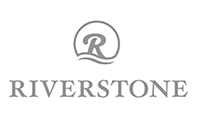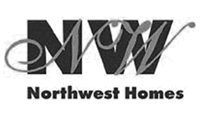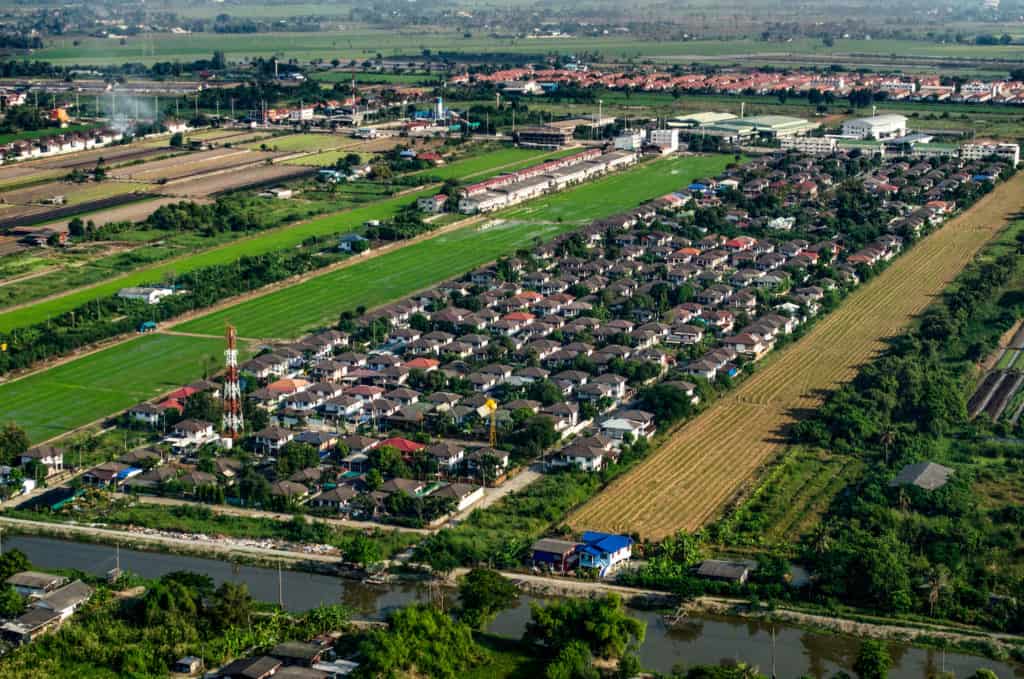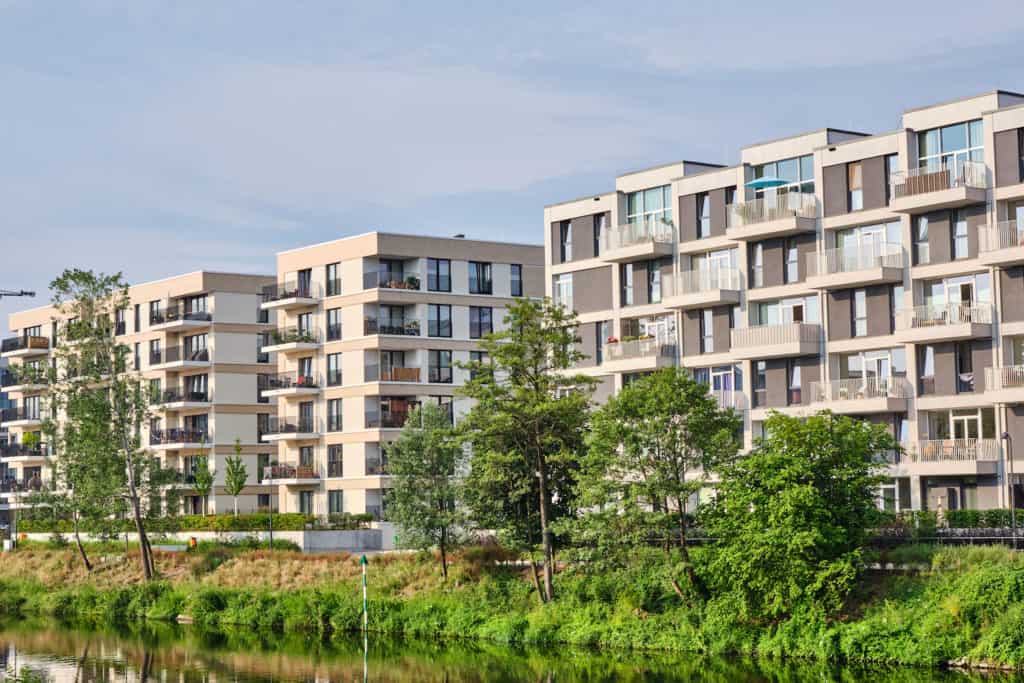Planned Unit Developments (PUDs)
Reserve Studies & DRE Public Reports For Planned Developments








Planned Urban Developments & DRE Public Reports
A planned unit development (PUD) includes residential and commercial lots within one subdivision. Within a typical PUD are housing, residential recreation, commercial, and industrial centers. PUDs are popular because they include single-family home units, condos, business parks, and industrial buildings. Other types of common interest developments have restrictions and regulations on which units are allowed.
A planned unit development (PUD) may have varied uses within the housing development. An HOA in a PUD has many differences and unique amenities not found in other communities. Different types of communities include specific property types. But PUDs include single-family homes, condominiums, and townhomes, as well as retail and commercial spaces.
The process of obtaining DRE approval for a PUD takes between 6-9 months to complete. This period is followed by the issuance of a public report by the Department of Real Estate. A public report for a PUD includes disclosures about the property that must be provided to all buyers. We offer public report services to help you achieve long-term success and increased property values.


Planned Unit Development & Reserve Funds
California Civil Code 1365.5 requires most associations to complete a reserve study every three years. A diligent homeowners’ associations will update their reserve fund account information annually. This allows the study to reflect new component list items and adjusted funding goals. In a planned unit development, HOA dues are used to cover the cost of common amenities.
The amenities in a planned unit development let owners and their families access parks, pools, and stores. Our reserve fund study services help PUDs build a lasting community that is enjoyed all within the PUD.
Our reserve analysts give every property owner in PUDs the information they need to make sound decisions. This includes landscaping, stores, grocery & drug store facilities, supermarket grocery stores, and privately owned roads.
Common Questions About Planned Unit Developments
What is the purpose of a planned unit development?
What is the difference between a PUD and HOA?
What is considered a PUD in real estate?
It’s critical to note the proper definition of a planned development (PUD). Living in a PUD may influence your residential mortgage qualification. Lenders consider a property to be a PUD when:
Individual unit owners own their home (the structure) and their land (the lot).
- A homeowners’ association (HOA) owns and maintains the common amenities.
- Membership in the HOA is mandatory for individual unit owners.
- Homeowners must pay dues and any special assessments levied by the HOA. These dues cover the repairs and maintenance of common amenities.
Is a townhouse a PUD?
A PUD often includes condos, but can also include single-family homes and townhome communities.
What is the disadvantage of a planned development?
What is the advantage of a planned development?
What are the prerequisites for building a PUD?
The development of a PUD must follow conditional use procedures. Before a local planning commission can approve a PUD, the following items are needed:
- The size of the PUD area must be at least two acres
- A performance bond that ensures the PUD will be created in accordance with the submitted plans.
- An economic impact statement that shows the PUD is within economic requirements for the local market.
- An environmental impact study to determine the effect of the PUD on surrounding natural areas.
- Streets within the residential and urban areas must be designed and constructed in compliance with city standards.
- Space for playgrounds and parks must either be reserved within the PUD or located off-site and accessible to residents.
- Permits and easements must be available for the repair, maintenance, and expansion of public utilities.
- A guarantee of exactly what maintenance will include for parks and other things considered common amenities.
What is the process for a planned unit development (PUD)?
The process for a planned urban development is divided into three stages:
- Pre-Preliminary Conference
- Preliminary Approval
- Final Approval
In this stage, you provide the city with basic information about the PUD and current physical features of the area. This includes a schematic drawing that shows the private and public uses of the real estate property.
The second stage, you seek preliminary approval from the city planning commission. Developers must submit documents that show maintenance information, residential, and urban areas. Other required details include community parks and playgrounds, ownership, and landscaping for the PUD.
The third stage of planned urban development is when you work to obtain final approval from the city. Within one year of when the initial map and program were approved, the final map and program must be provided. Minor changes and modifications can still be made to the final program. However, major changes are viewed as a completely new PUD application.
